James Reveal

James L. Reveal was a professor emeritus of botany at the University of Maryland. A graduate of Utah State and Brigham Young Universities, his broad experience in botanical research embraced floristic studies in western North America (including endangered and threatened species), and the examination of historical specimens gathered in temperate North America.
The majority of his work was in association with the Norton-Brown herbarium (MARY) at the University of Maryland. Additional efforts involve the Department of Botany at The Natural History Museum in London, especially work on the John Clayton herbarium. He accomplished extensive work in the Department of Botany at The Academy of Natural History in Philadelphia, especially with the Lewis and Clark herbarium. He has also worked at the Missouri Botanical Garden and the Monte L. Bean Museum of Life Sciences at Brigham Young University. He had also been a research associate at the Smithsonian Institution, the Missouri Botanical Garden, and the Natural History Museum of London.
His list of publications exceeds 375 titles to date. He is a co-author, with Gary E. Moulton and Alfred E. Schuyler, of “The Lewis and Clark collections of vascular plants: Names, types, and comments,” Proceedings of the Academy of Natural Sciences of Philadelphia, 149 (1999):1-64.
His numerous contributions to Discovering Lewis & Clark® reflect his special interest in botanical nomenclature, and the history of botanical explorations and discovery.
James L. Reveal passed away in January 2015. Further details of his career may be found at https://en.wikipedia.org/wiki/James_L._Reveal.
Contributions
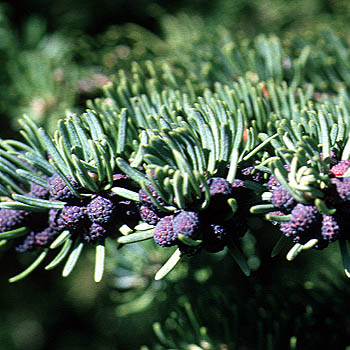

When he wrote his 1832 paper, Rafinesque did not see actual specimens. He knew about the plants only from the 1814 Biddle publication of Lewis’s descriptions. Provided here is the full text of that paper with commentary.
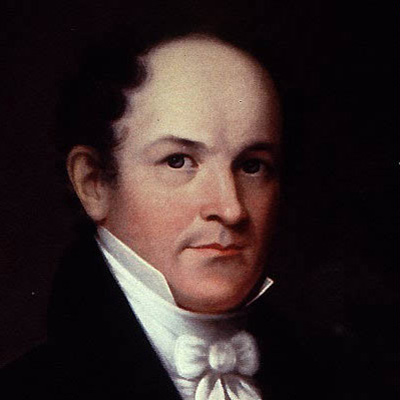

Everywhere Nuttall went he found new and curious plants. Unlike most who came before him, he collected even the unattractive plants. From him, long-leaved sage and white sage, first collected by Lewis, became known to science.
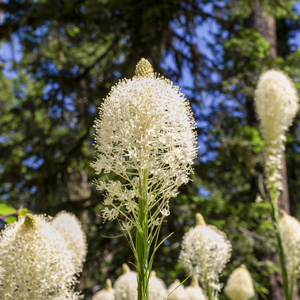

There is a great abundance of a species of bear-grass which grows on every part of these mountains,” wrote Lewis on 15 June 1806. “It’s growth is luxouriant and continues green all winter but the horses will not eat it.”
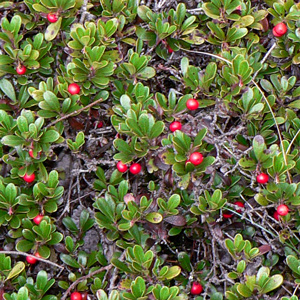

Lewis and Clark sometimes called it kinnikinnick, sometimes sacacommis. At Fort Clatsop on 29 January 1806, he described this useful plant.
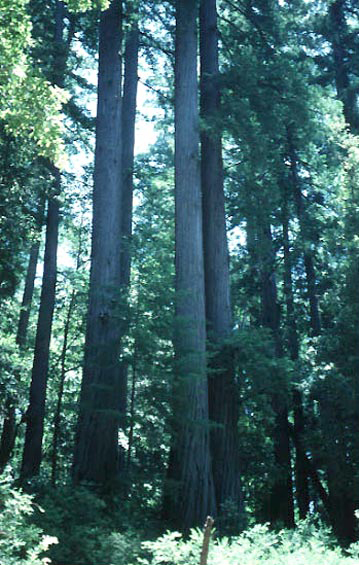

James Reveal explains how two copies of a Douglas manuscript show he used Lewis and Clark as a reference in his descriptions of six “American Pines.”
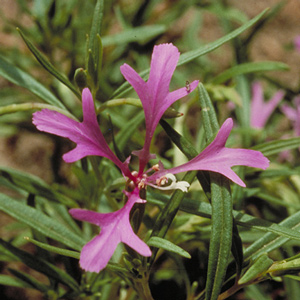

The plant’s common names include elkhorn, ragged robin, pink fairy, and deerhorn. In the spring of 1807 Lewis turned over his plant specimens to Frederick Pursh, who gave this flower the scientific name Clarkia pulchella
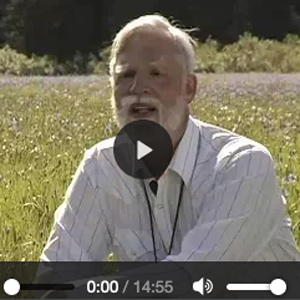

This interview with botany Professor James Reveal recorded at Packer Meadow near Lolo Pass analyzes the botany of Lewis.
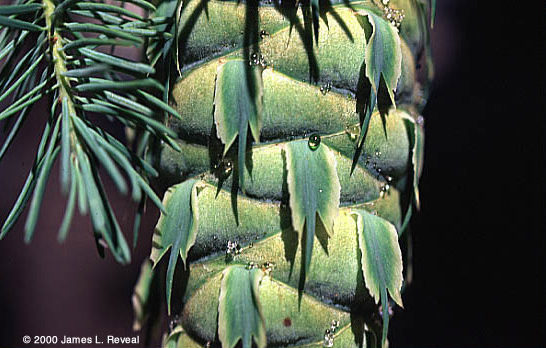

The nomenclatural morass associated with the scientific name of Douglas-fir, Pseudotsuga menziesii, is a long and complex tale and tied closely with the early explorations along the western coast of North America . . . .
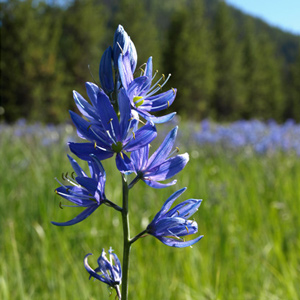

William Clark, pushing on in advance of the hungry men of the Corps, came upon two adjacent Indian villages totaling about 30 lodges on Weippe Prairie. They gave him and his six hunters “roots in different States, Some round and much like an onion which they call quamash.”
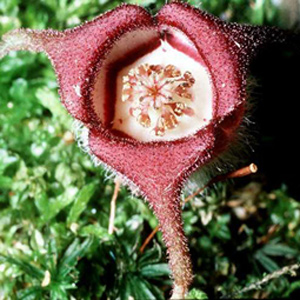

Lewis reported that a specimen of this plant “was taken the 1st of June at the mouth of the Osage River; it is known in this country by the name of the wild ginger.”
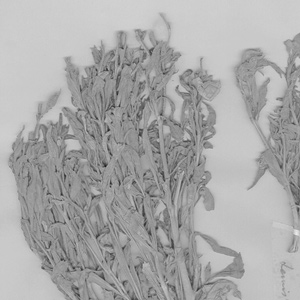

Lewis mentioned two species of tobacco, possibly Nicotiana quadrivalvis and N. rustica—a Mexican species called Aztec tobacco—that the Arikara cultivated.
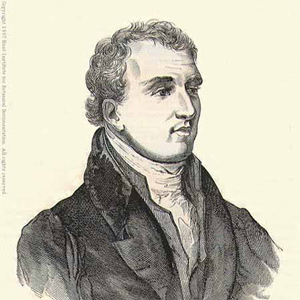

No other botanical explorer in western North America is more famous than David Douglas. His name is associated with hundreds of western plants, and may also be found on mountains, rivers, counties, schools and even modern-day streets.
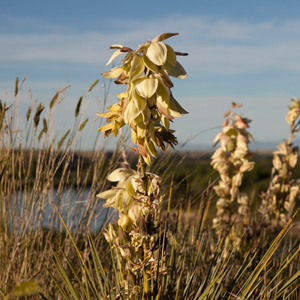

None of the expedition’s journalists made any note of yucca, although in writing of Lemhi-Shoshone Indian dress, Meriwether Lewis mentioned “a small cord of the silk-grass” which at least one scholar has interpreted as referring to the yucca.
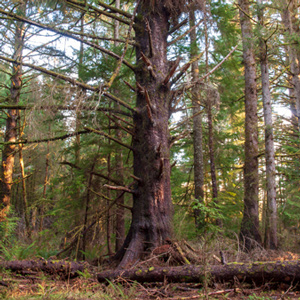

Lewis describes one of the richest resources of the Pacific northwest coast: Sitka spruce, western hemlock, grand fir, perhaps the Pacific silver fir, and Douglas-fir.
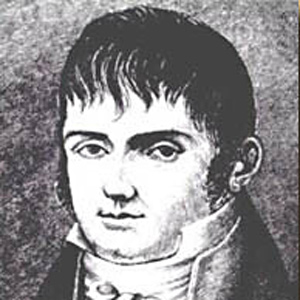

Rafinesque took a scientific interest in the plants and animals mentioned by Lewis and Clark. In addition to the six species of conifers, he also established the scientific name for the prairie dog, the white-footed mouse and the mule deer.
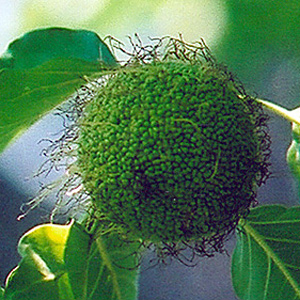

Its oak-strong, hickory-tough wood made powerful, reliable hunting bows. Early French explorers and traders translated its Indian name into bois d’arc,–”wood for a bow,” which was easily anglicized into “bodark.”
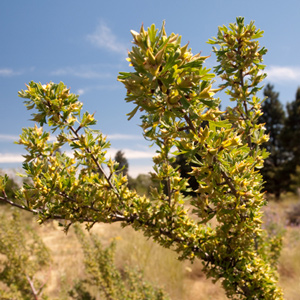

During the winter of 1807-1808, Pursh lived at the home of Bernard McMahon in Philadelphia. Here he worked on the drawings and descriptions of Lewis’s western plants.
